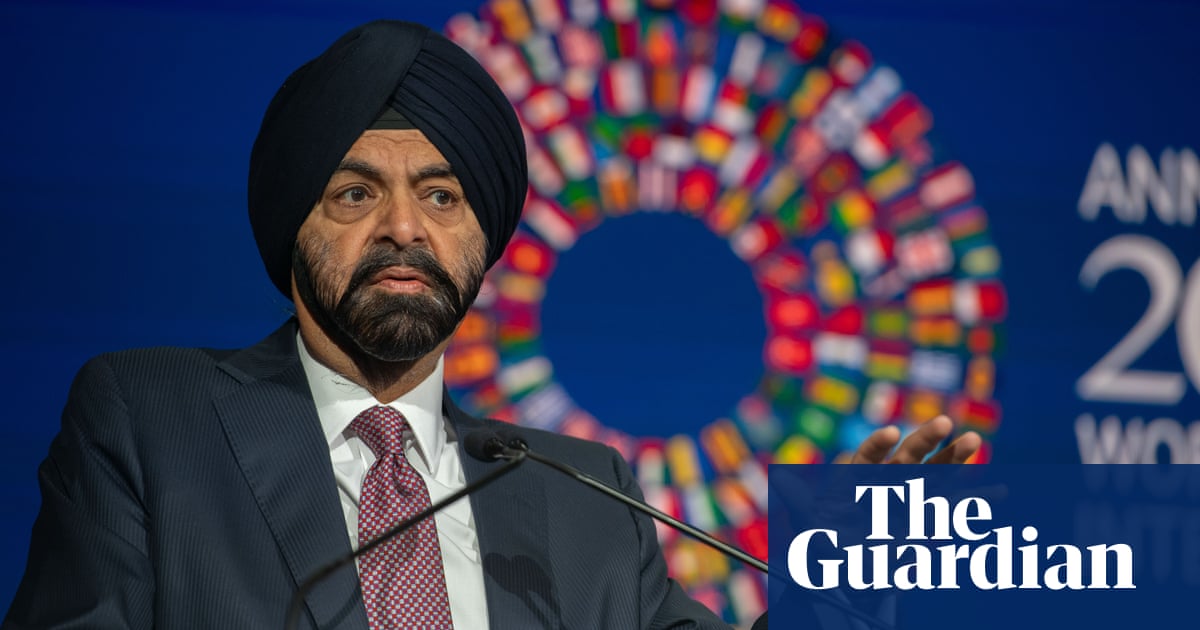
For most Arab countries, record food inflation compounding existing socioeconomic challenges is just the latest, most visible iteration of convergent crises threatening to choke this part of the world. The region’s governments and relevant political leadership are under immense pressure as shrinking fiscal space and mistimed or incomplete interventions have left entire societies vulnerable to a range of domestic ills and global shocks.
In the last two years alone, an ineradicable pandemic, ensuing supply chain issues and commodity shortages collided with the region’s ever-present conflicts and internal malaise. It dovetailed with the last decade’s torrent of spill-overs from intensifying regional rivalries and self-interest-driven extraterritorial maneuvering at a time when the world needs concerted, uninterrupted mobilizations to, for instance, address a rapidly warming planet.
What were once extreme crisis-planning scenarios have become a new, unsettling reality that will go on to author even more extremes should governments cease to be vigilant or fail to make tough decisions in order to initiate appropriate interventions.
However, for low- and middle-income countries in the Global South, that road will be fairly long and brutal. Sri Lanka’s demise is the latest example after Lebanon’s implosion, likely to be followed soon after by Ghana or any of the remaining 10 countries at serious risk of defaulting on their debt.
Experts and analysts are already sounding the alarms in Tunisia, where hopes rest on a successful negotiation of a $4 billion loan from the International Monetary Fund to ease a socioeconomic burden that has already collapsed democratic aspirations there.
They are not the only countries to look to debt as a means of re-energizing their economies, after a pandemic as well as rising food and energy prices compounded underlying structural deficiencies that are so far immune to reform.
However, the Arab region’s gross public debt has already hit a historic high of more than $1.4 trillion as of October last year, according to the UN Economic and Social Commission for Western Asia. Globally, the IMF also warns that more than two-thirds of the world’s low-income countries are at significant risk of debt distress, while middle-income nations face steeper debt-servicing costs.
It is high time that Arab governments revised their playbooks for crisis management away from heavy reliance on external debt or international refinancing, which simply mortgages the future to temporarily relieve today’s woes.
But it will not be an easy undertaking. After all, most of the Arab world’s debt is often a by-product of a mix of corruption, low levels of democracy, high public spending and sprawling shadow economies. Naturally, this makes the pursuit of external relief an “easier” option compared to pursuing reforms that often entail painful, politically costly — yet necessary — austerity or drastic public sector cuts.
Rushing to accumulate debt may have “worked” in the past, but the world is in a new reality now. A weakened global order, climate change, multiple shocks, and intense regional and geopolitical competition are sponsoring a reorientation in most advanced economies.
With little fiscal maneuvering room left for what will become necessary countercyclical interventions, a number of countries in the region will be left paralyzed and unable to act even as economies teeter on the brink of collapse.
Hafed Al-Ghwell
Domestic priorities have been re-centered as countries move to “shock-proof” themselves by enhancing self-reliance, which inadvertently bleeds confidence in global institutions and mutual cooperation, creating a sense of greater isolation.
For the US, this reorientation translates to a Federal Reserve moving to raise interest rates, targeting skyrocketing inflation at the behest of an embattled White House seeking to preserve its congressional majority in the upcoming midterm elections.
To the rest of the world’s economies, especially in the Global South, a sudden US rate hike so soon after a prolonged period of near-zero interest rates translates to a sharp, unanticipated rise in borrowing costs.
As a result, debt-servicing ends up consuming larger and larger chunks of already tight public budgets, leaving little to no room to, for instance, beef up climate resilience or shore up social safety nets frayed by the pandemic — and now tested by record food inflation and sky-high energy prices.
Climate change is especially tricky because countries with the greatest climate vulnerability and already high levels of debt, for example in the Middle East and North Africa, face steeper and steeper costs of capital.
With tighter monetary policies in the advanced economies and less readily available liquidity at low interest rates, financial markets are increasing risk premiums on financing, which raises costs of debt and decimates any reserved fiscal space ideally for expenditures on climate resilience in countries that need it most.
Other interventions at risk include programs for boosting vaccine penetration to decisively end the pandemic, and reducing unemployment by investing in the private sector. In addition, it will become even more difficult to undertake feasible reforms designed to tackle the structural deficiencies hobbling effective legislative or policy action.
Beyond examining mere possibilities or future projections, a recently published study by the Arab Monetary Fund demonstrated an asymmetric relationship between government debt and economic growth, meaning higher levels of public debt end up reducing GDP growth, and vice versa, relative to each country’s unique economic conditions.
Lebanon is a tragic real-life example of what happens when a country ends up with an extremely high debt-to-GDP ratio, making it a useful case study should other Arab nations want to avoid defaulting, causing a financial panic on top of their inherent fragilities.
After all, faced with rising debt-servicing costs, governments will likely resort to elevating already disproportionate taxes in a desperate bid to boost public revenues, leading to inflation, lower disposable incomes, and eventually underperforming or even shrinking economies.
Ultimately, with little fiscal maneuvering room left for what will become necessary countercyclical interventions, a number of countries in the region will be left paralyzed and unable to act even as economies teeter on the brink of collapse. The countries that fall into such a vicious circle also end up vulnerable to malign extraterritorial jostling by regional rivals or far-off powers.
Given the current climate, most pleas for relief or forceful intercession to the wider international community will likely fall on deaf ears, since most are already burdened with internal priorities while the foremost powers expend their attention only on perceived direct threats to their interests — less so on grand geopolitical designs or policing the world.
In the absence of careful management and clever pre-emptions, the coming years look extremely bleak and will become harder to predict as multiple crises converge unimpeded, while existing realities mean Arab governments have considerably less in their arsenal to react as challenges mount.
• Hafed Al-Ghwell is a non-resident senior fellow with the Foreign Policy Institute at the Johns Hopkins University School of Advanced International Studies. He is also a senior adviser at the international economic consultancy Maxwell Stamp and the geopolitical risk advisory firm Oxford Analytica, a member of the Strategic Advisory Solutions International Group in Washington, and a former adviser to the board of the World Bank Group.
Twitter: @HafedAlGhwell











